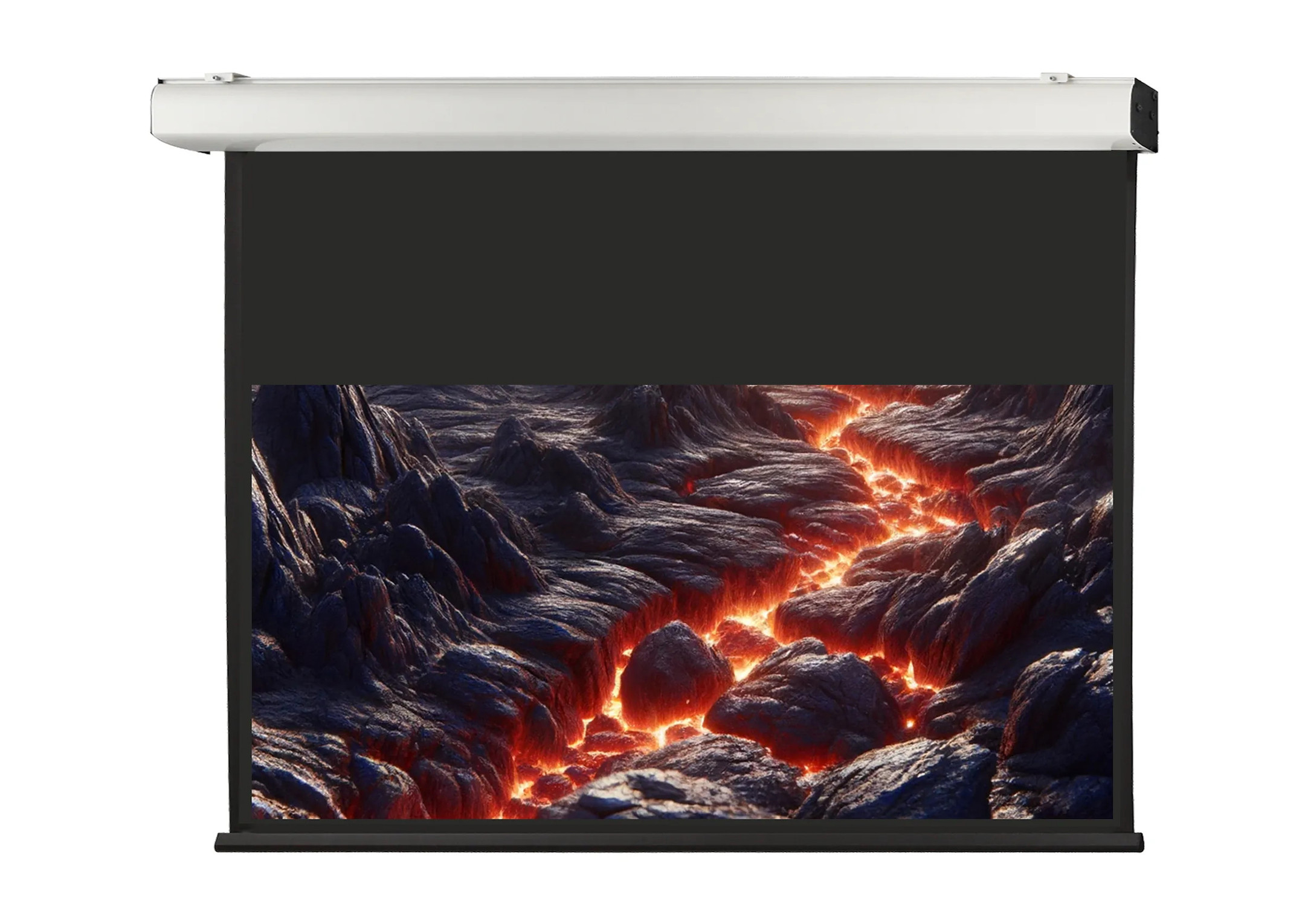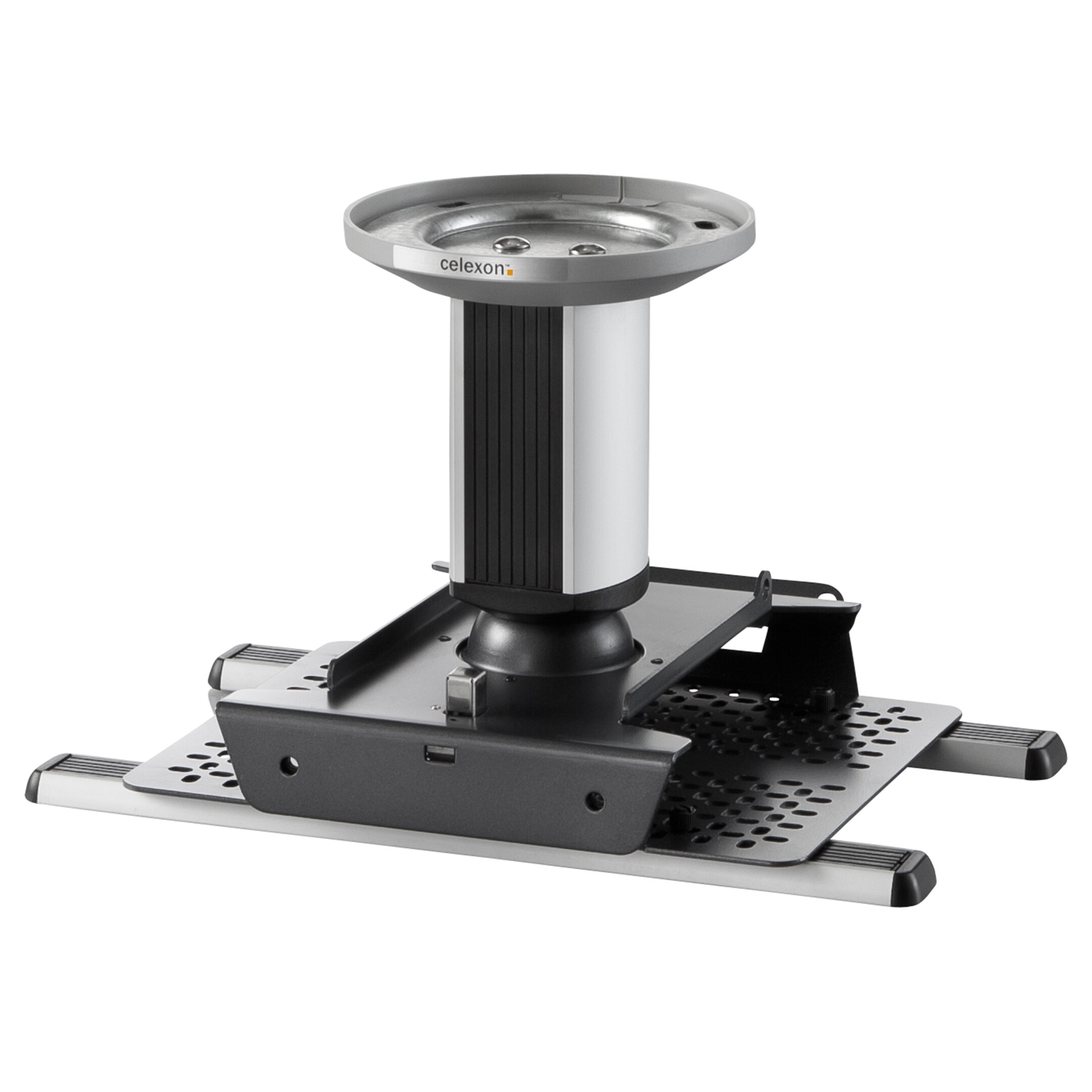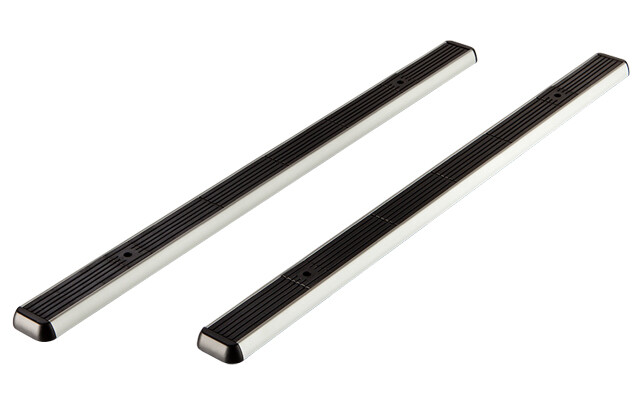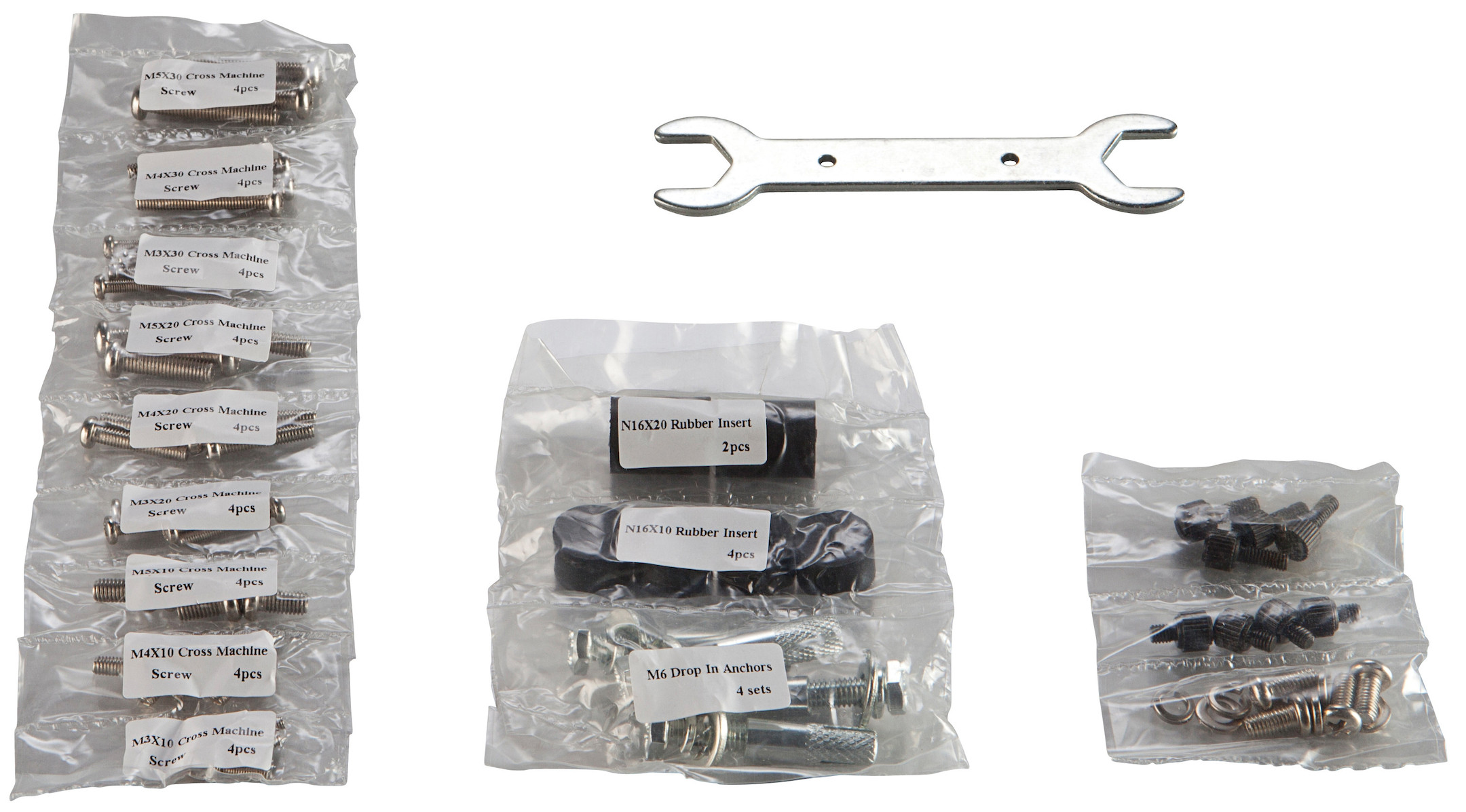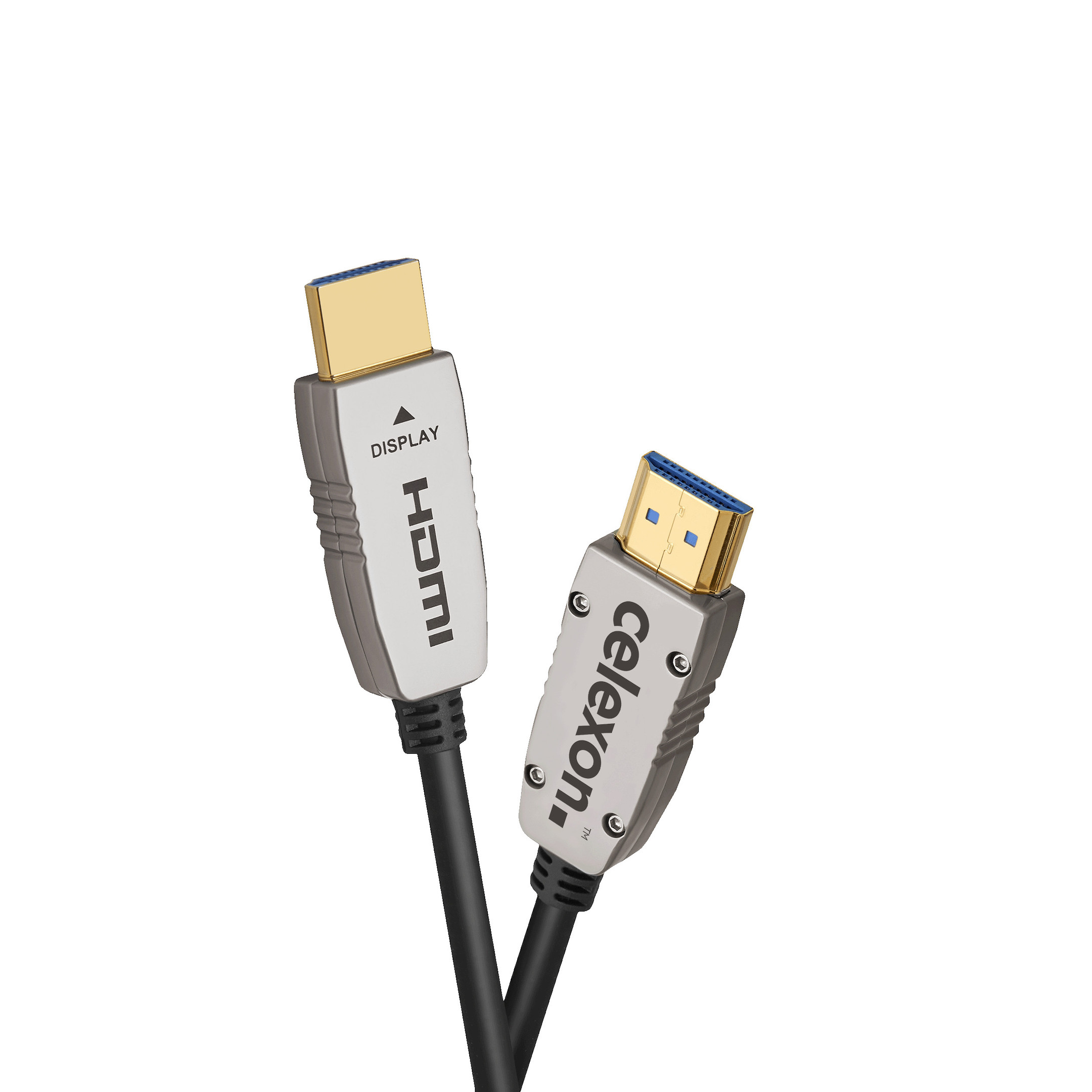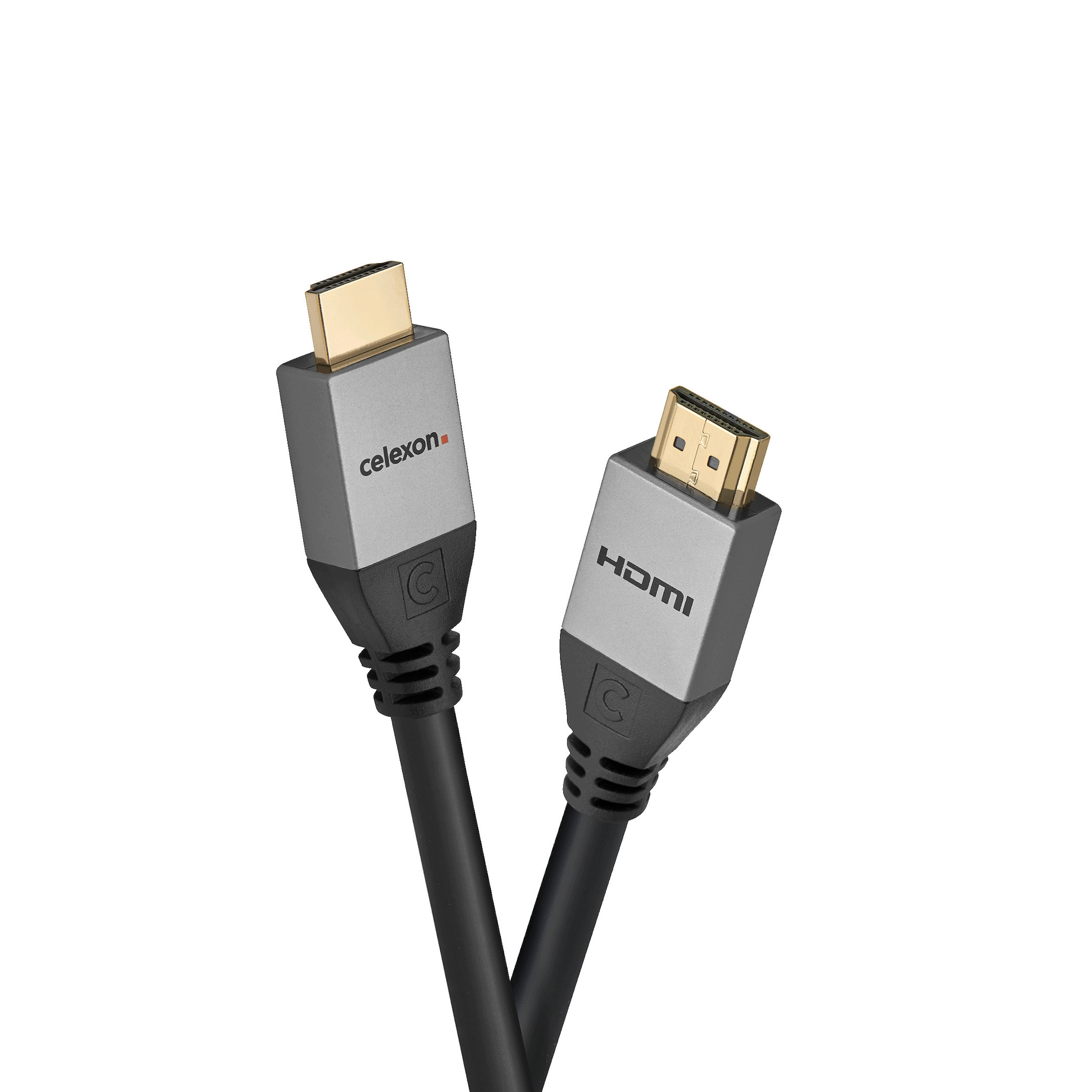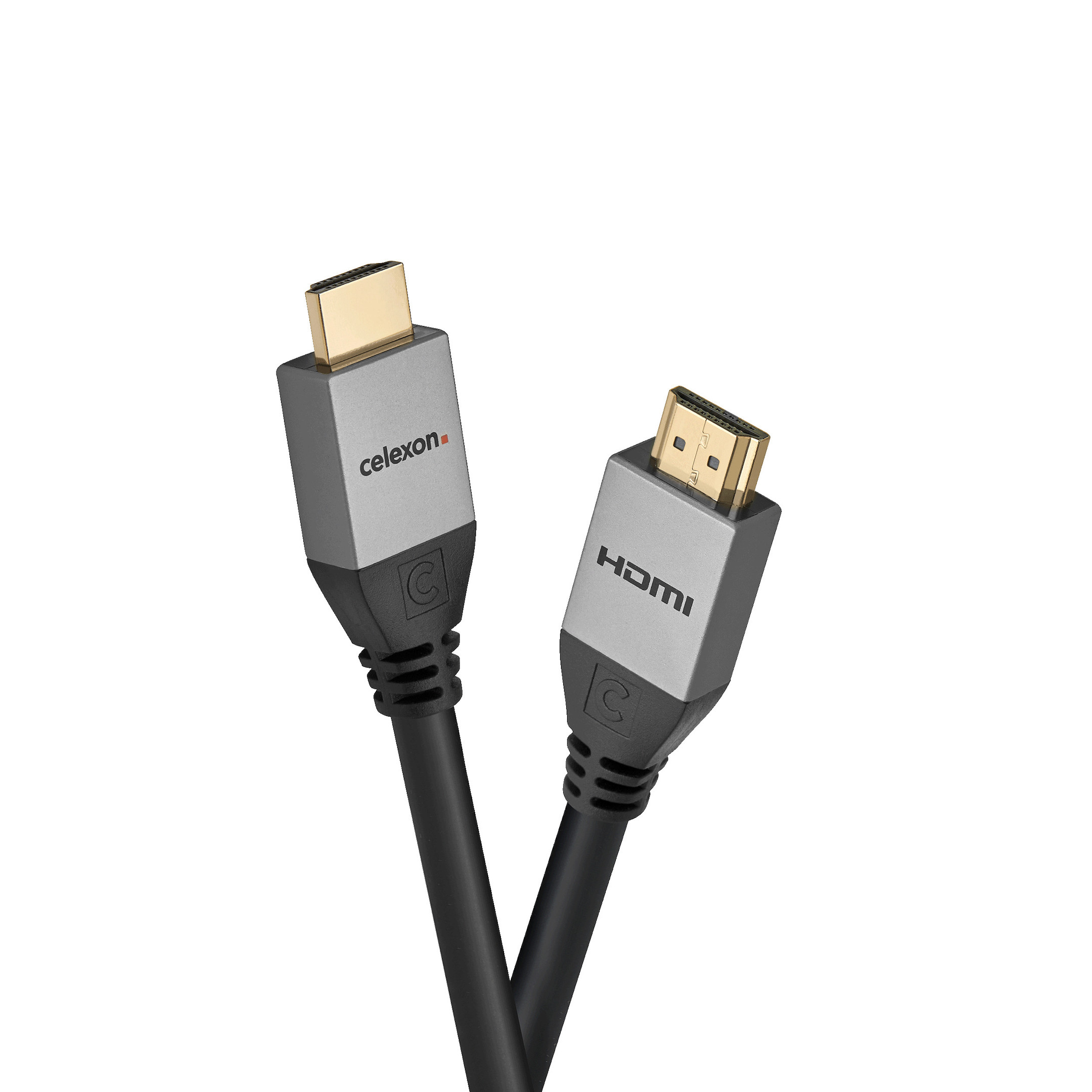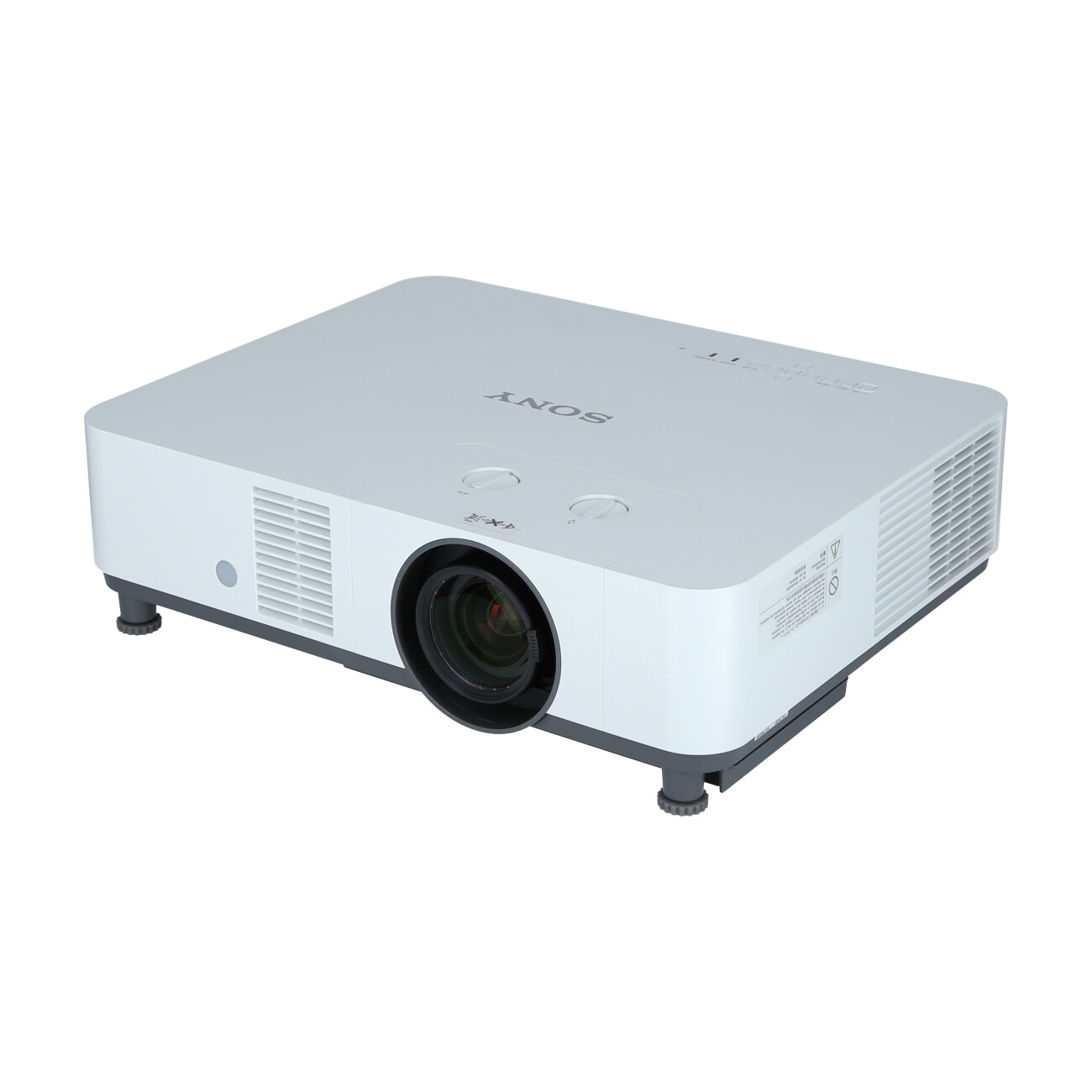







































£2,350.00*
- Light Brightness 6,400 Lumen
- Resolution 1920 x 1200 WUXGA
- Aspect Ratio 16:10
- Operating noise 37 dB


Frequently purchased together
Product information
Vigorous, rich colours even in brightly litRooms
Sharper images and text
Reality Creationuses powerful algorithms that bring the image resolution closer to a4K-like quality. Reality Text improves the visibility ofLetters: Ideal for conference rooms, university seminar rooms and largeClassrooms.
Radiant, beautiful colours
Bright View issony's unique processing technology that brightens images while maintainingwhile retaining rich colours - even in brightly lit business and educationaland educational environments.
Enhanced viewing experience
Sony's Intelligent Settings function"Intelligent Settings" feature from Sony optimises brightness, cooling system andother projector settings for four application environments. In additionambiance, our new built-in ambient light sensor, measures a room's brightness andAmbiance, our new built-in ambient light sensor, measures the brightness of a room and adjusts the colour gainand Reality Creation settings to the environment to enhance the viewing experienceTV experience.
Enjoy outstanding pictures and saveEnergy
The projectorsVPL-PHZ61/51 projectors are especially useful for businesses and educational institutionsand help them to reduce operating costs. A new function for automaticLight output function works in conjunction with Ambience to optimise picture qualityand ensure excellent visibility, while reducing power consumptionPower consumption is reduced.
The support ofof 4K-60P input signals makes your life easier when you use theVPL-PHZ61 or VPL-PHZ51 in multiple sub-screen configurationsFlat panel displays. Simply split the same 4K signal to display all yourDisplay devices without conversion. A powerfulImage scaler easily converts 4K input signals to WUXGA resolution, which is close toPicture quality of 4K. Reality Creation, Sony's uniqueSony's unique image enhancement feature, is now optimised for 4K-60P signals, givingprojected images even sharper and deeper. Devices with ContentProtection such as 4K UHD players are also supported.
Intelligent, installation-friendly design
Enjoy flexible installation options with a generousflexible installation options with a generous verticalLens shift range of +55%, so you can easily create perfectly proportionedWithout long pole brackets or keystone correction when the projector is ceiling mountedthe projector is mounted on the ceiling. We have also extended the projection areawhich makes it easier to replace a projector that is already installedwithout the need to realign an existing ceiling mount.
Longer bright and low maintenance
Intelligent design
Thanks to theintelligent settings, installation is easier and performance in the areas ofprojector usage, image detail, colour variety and fidelity,Light output, cooling level and noise can be maximised. TheMeeting/Classroom function controls the laser power to maximise brightness for years of
Keeping dust away from the image
The projector'sThe projector's laser light source is sealed to prevent dust build-up and to reduceand to avoid reduced brightness. The special structurefor the projector's 3LCD panels is covered with an air filter to prevent dust fromto prevent dust from entering.
Effortless filter maintenance
Concentrate on great images instead of time-consumingon great images instead of time-consuming maintenance. A newFilter material makes routine filter changes a thing of the past for general use inClassrooms and meeting rooms.
Data copy
The settings for one projector can befor one projector can be transferred to other projectors via a USB memory deviceprojectors. This greatly simplifies the installation and setup of multipleProjectors considerably.
Automatic input selection
The automatic input selection function automatically selects an active projectorInput selection function automatically selects an active signal input,so you don't have to change the input every time a device is connected to the projectorProjector.
Automatic Power On
Connect theVPL-PHZ61/51 to a computer that is turned on, and the projector will turn on automaticallyautomatically turn on without having to press the on/off button.
Technical data
| Name | Sony VPL-PHZ61 Projector, 1920 x 1200 WUXGA, 6400 Lumen |
|---|---|
| Article number | 1000025579 |
| GTIN/EAN | 4548736142022 |
| Manufacturer SKU | VPL-PHZ61/1 |
| Lens included | Yes |
| Model name | VPL-PHZ61 |
| Brand | Sony |
| Product Type | Projector |
| Application | Installation projectors |
| Projector Type | LCD |
| Projector lamp type | Laser |
| ANSI Lumen | 6,400 ANSI Lumen |
| ISO Lumen | 6,400 ISO Lumen |
| Resolution | 1920 x 1200 WUXGA |
| Aspect Ratio | 16:10 |
| Operating noise | 37 dB |
| Operating noise - ECO | 34 dB |
| Minimum Projection Distance | 102 cm |
| Maximum Projection Distance | 762 cm |
| Minimum Projection Ratio | 1.23 |
| Maximum Projection Ratio | 1.97 |
| Minimum Lens-Shift Horizontal | -15% |
| Maximum Lens-Shift Horizontal | 15% |
| Minimum Lens-Shift Vertical | -35% |
| Maximum Lens-Shift Vertical | 35% |
| Horizontal Keystone | 30% |
| Vertical Keystone | 30% |
| Inputs | 1x Cinch , 1x Ethernet , 1x RS232 , 1x USB-A , 2x HDMI |
| Outputs | 1x 3,5mm Jack , 1x Ethernet , 1x RS232 |
| wireless technology | Not Specified |
| Features | Integrated speaker |
| Product width | 42.2 cm |
| Product height | 10 cm |
| Product depth | 33.33 cm |
| Weight | 7 kg |
| Colour | White |
| Delivery contents | Batteries , Power cable , Quick user guide , Remote control |
| Condition | New |
| Warranty | 24 Month |
| Warranty type | Bringin service Service and support information |
Downloads
Projection distance calculator
Contact our experts for help!
Image size:
Format
Format
Product safety
| Person responsible for the EU |
|---|
| Sony Europe B.V. |
| Kemperplatz 1 |
| 10785 Berlin |
| Germany |
| info@sony.de |




